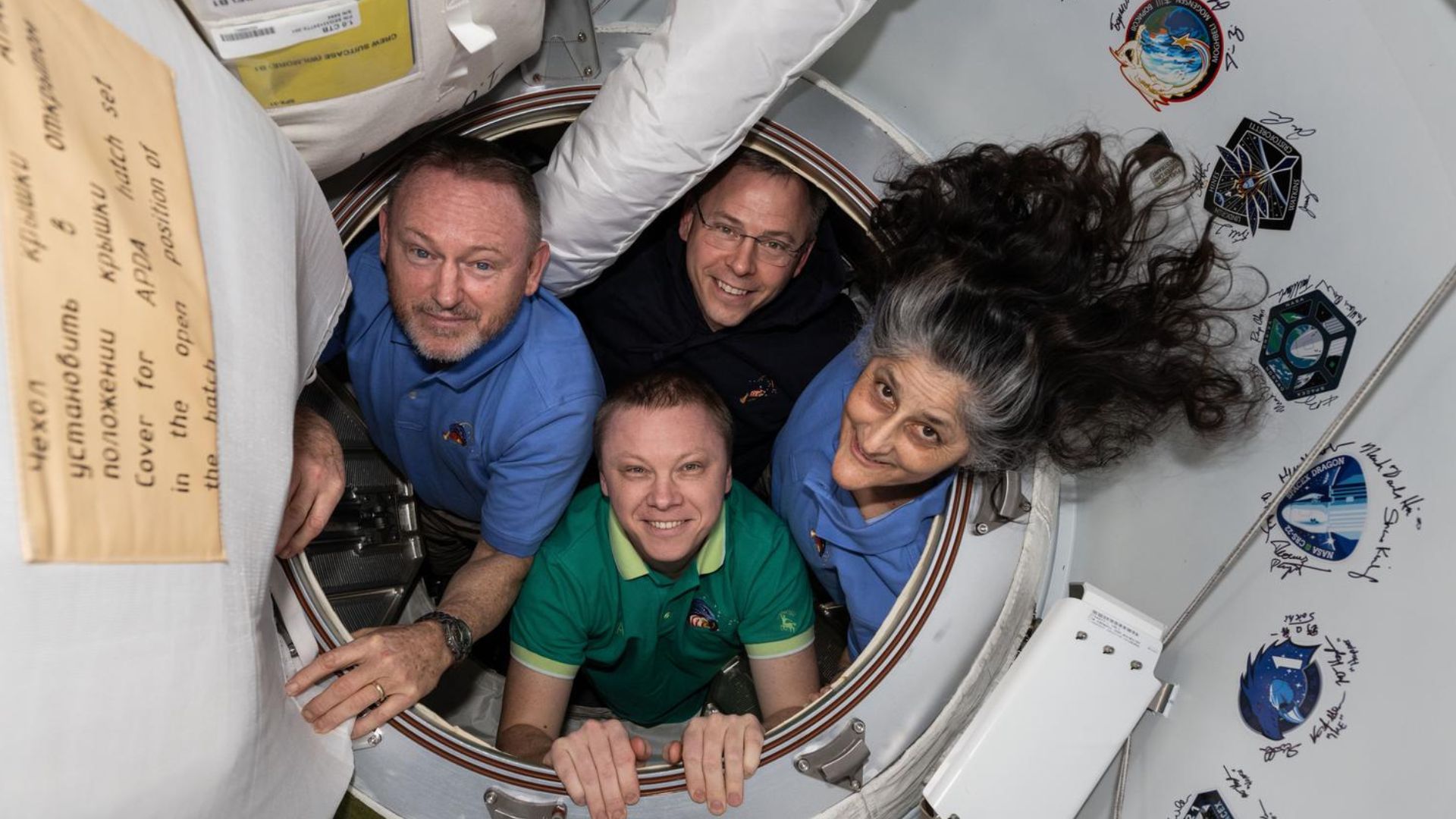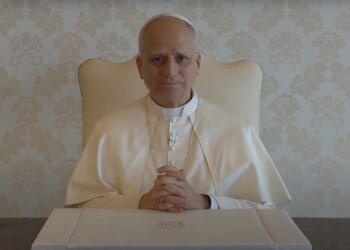
NASA astronaut Butch Wilmore has officially retired, less than five months after returning to Earth from an extended mission that lasted nearly 10 months in orbit, as reported by The Daily Mail.
The 62-year-old former Navy test pilot and veteran space explorer announced his retirement on Tuesday following a 464-day total career spent in space.
Wilmore and fellow astronaut Suni Williams returned to Earth on March 19, 2025, aboard a SpaceX Crew Dragon capsule that splashed down off the coast of Florida.
“Two Steppin on the Moon”; Country Western singer Josh Turner @joshturnermusic visited Houston Mission Control and sang us this song. Suni Williams and I decided to give it a try while Butch Wilmore filmed the effort. Here is “Two Steppin in Space”.
Big thanks to Josh Turner… pic.twitter.com/PVQJOYz0H1
— Don Pettit (@astro_Pettit) April 16, 2025
Trump’s Sovereign Wealth Fund: What Could It Mean For Your Money?
The pair had originally launched in June 2024 aboard Boeing’s Starliner capsule for what was planned to be an eight-day test flight.
This Could Be the Most Important Video Gun Owners Watch All Year
Due to technical issues with the Starliner vehicle, the crew remained in space far longer than intended, eventually logging 286 days during the mission — 278 days beyond the original plan.
NASA released a statement announcing Wilmore’s retirement, in which he reflected on his time in space and his motivation for joining the agency.
After 25 years at @NASA, flying in four different spacecraft, accumulating 464 days in space, astronaut and test pilot Butch Wilmore has retired from NASA.
Congratulations on an extraordinary career. Thank you for your service, your ingenuity, and the legacy you leave behind.… pic.twitter.com/NISrm2QQgT
— NASA’s Johnson Space Center (@NASA_Johnson) August 6, 2025
“From my earliest days, I have been captivated by the marvels of creation, looking upward with an insatiable curiosity,” Wilmore said. “Even as I ventured beyond Earth’s limits, I remained attuned to the beauty and significance of the world below.”
Wilmore was selected as a NASA astronaut in 2000. He flew multiple missions and was known for his calm demeanor, precision, and skill. His latest mission was the longest of his career.
Steve Koerner, acting director of NASA’s Johnson Space Center, praised Wilmore’s contributions. “Butch’s commitment to NASA’s mission and dedication to human space exploration is truly exemplary,” he said.
“His lasting legacy of fortitude will continue to impact and inspire the Johnson workforce, future explorers, and the nation for generations.”
Joe Acaba, chief of the Astronaut Office at NASA’s Johnson Space Center, also acknowledged Wilmore’s service. “His mastery of complex systems, coupled with his adaptability and steadfast commitment to NASA’s mission, has inspired us all,” Acaba stated.
NASA Astronaut Barry “Butch” Wilmore retires https://t.co/wLI8znWuaW pic.twitter.com/2IBJWhvP60
— UC Business Journal (@ucbizjournal) August 7, 2025
Wilmore’s daughter, Daryn, 19, shared details on social media about his post-mission recovery, noting that he struggled with muscle and joint issues, as well as inner ear adjustments. “He’s not used to gravity or having to hold up weight,” she explained in a TikTok comment.
Extended missions in microgravity environments are known to cause bone and muscle loss, and studies show it can take weeks or even months for astronauts to fully recover. Some need up to 1.5 times the length of the mission to return to baseline health.
Online speculation about Wilmore’s retirement has centered on the toll of the extended mission. “If you stranded me in space for 9 months I would not fly for you either,” one user posted on X.
Another wrote, “I bet he was no longer capable of passing a physical from his extended sojourn.”
NASA has not commented on whether Wilmore’s health was a factor in his decision, but his departure marks a significant moment for the agency, especially as it continues efforts to certify Boeing’s Starliner program.
Wilmore’s total time in space stands at 464 days. His retirement comes as NASA and its partners prepare for future missions with longer durations and increasingly complex objectives.
The opinions expressed by contributors and/or content partners are their own and do not necessarily reflect the views of LifeZette. Contact us for guidelines on submitting your own commentary.

![NASA Astronaut Butch Wilmore Officially Retires After Nearly a Year Stranded in Space [WATCH]](https://www.right2024.com/wp-content/uploads/2025/08/NASA-Astronaut-Butch-Wilmore-Officially-Retires-After-Nearly-a-Year-750x375.jpg)



![Gavin Newsom Threatens to 'Punch These Sons of B*thces in the Mouth' [WATCH]](https://www.right2024.com/wp-content/uploads/2025/08/Gavin-Newsom-Threatens-to-Punch-These-Sons-of-Bthces-in-350x250.jpg)
![ICE Arrests Illegal Alien Influencer During Her Livestream in Los Angeles: ‘You Bet We Did’ [WATCH]](https://www.right2024.com/wp-content/uploads/2025/08/ICE-Arrests-Illegal-Alien-Influencer-During-Her-Livestream-in-Los-350x250.jpg)








